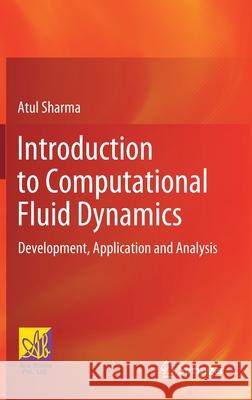Introduction to Computational Fluid Dynamics: Development, Application and Analysis » książka
topmenu
Introduction to Computational Fluid Dynamics: Development, Application and Analysis
ISBN-13: 9783030728830 / Angielski / Twarda / 2021 / 346 str.
Introduction to Computational Fluid Dynamics: Development, Application and Analysis
ISBN-13: 9783030728830 / Angielski / Twarda / 2021 / 346 str.
cena 403,47
(netto: 384,26 VAT: 5%)
Najniższa cena z 30 dni: 385,52
(netto: 384,26 VAT: 5%)
Najniższa cena z 30 dni: 385,52
Termin realizacji zamówienia:
ok. 22 dni roboczych
Dostawa w 2026 r.
ok. 22 dni roboczych
Dostawa w 2026 r.
Darmowa dostawa!
Kategorie:
Kategorie BISAC:
Wydawca:
Springer
Język:
Angielski
ISBN-13:
9783030728830
Rok wydania:
2021
Wydanie:
2022
Ilość stron:
346
Waga:
0.69 kg
Wymiary:
23.39 x 15.6 x 2.24
Oprawa:
Twarda
Wolumenów:
01
Dodatkowe informacje:
Wydanie ilustrowane











